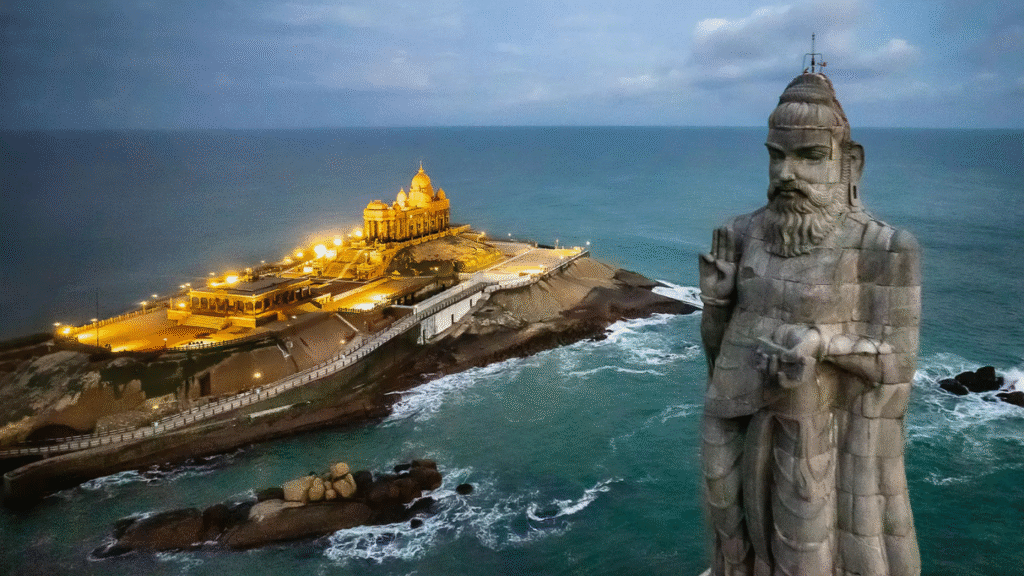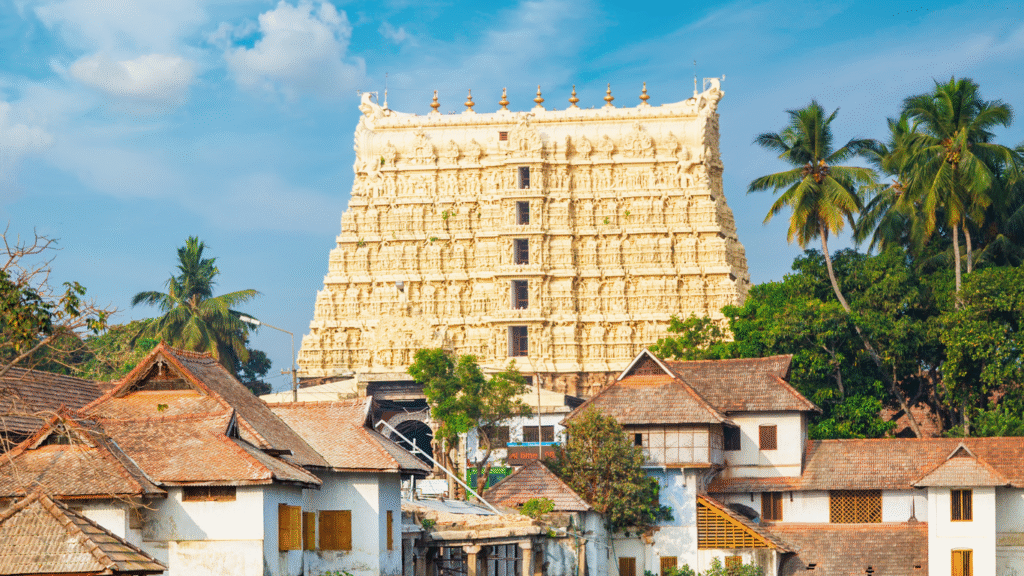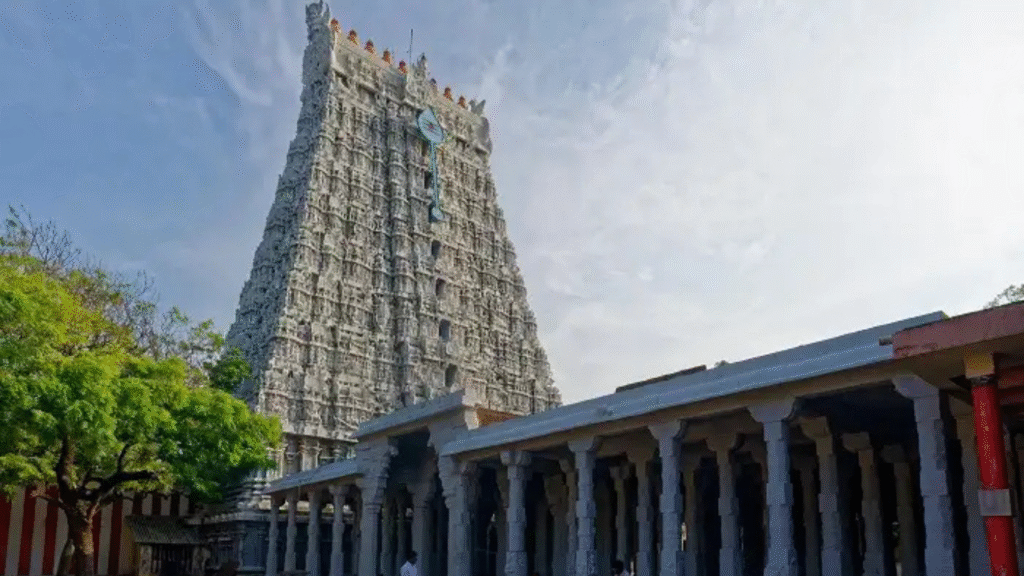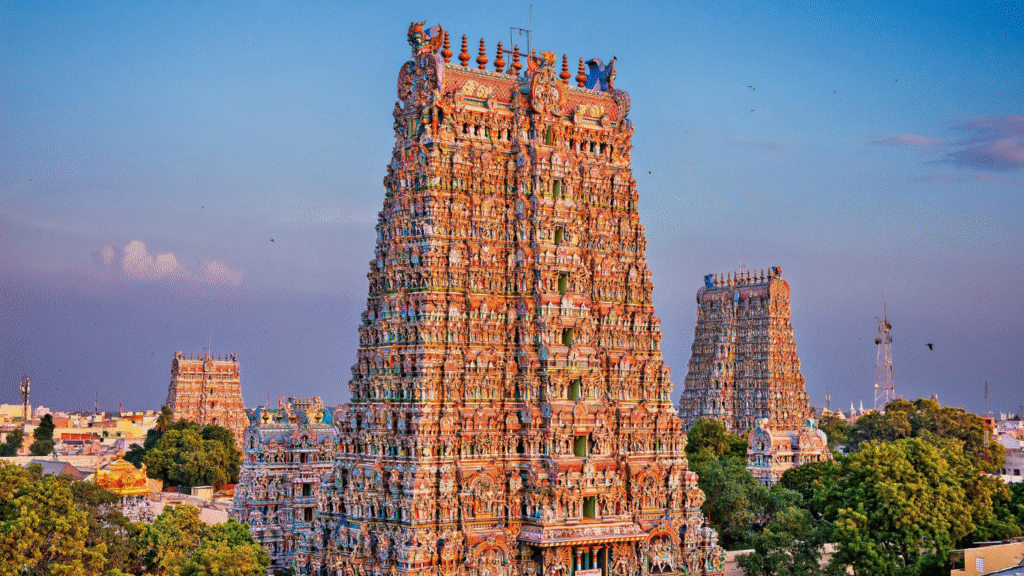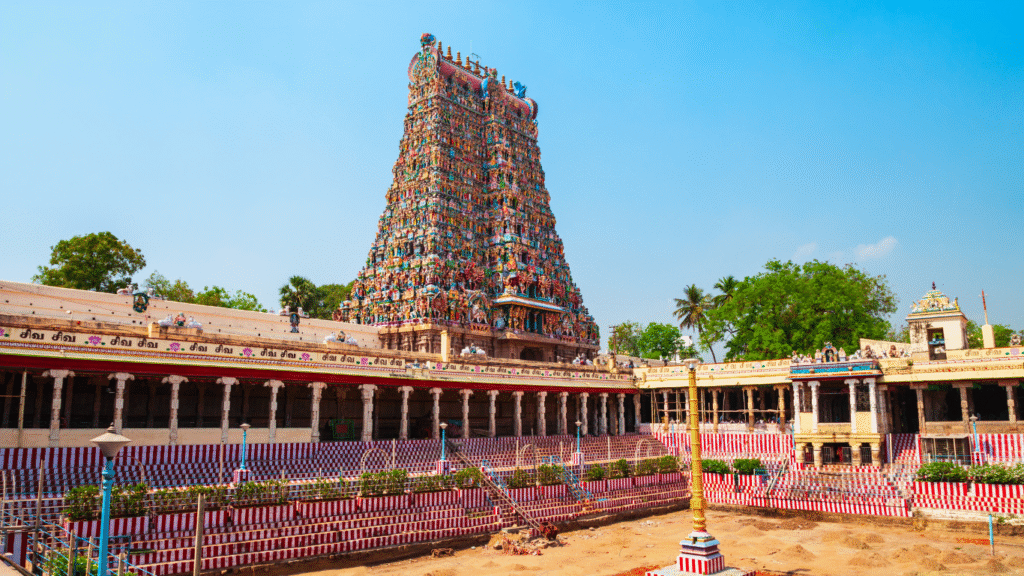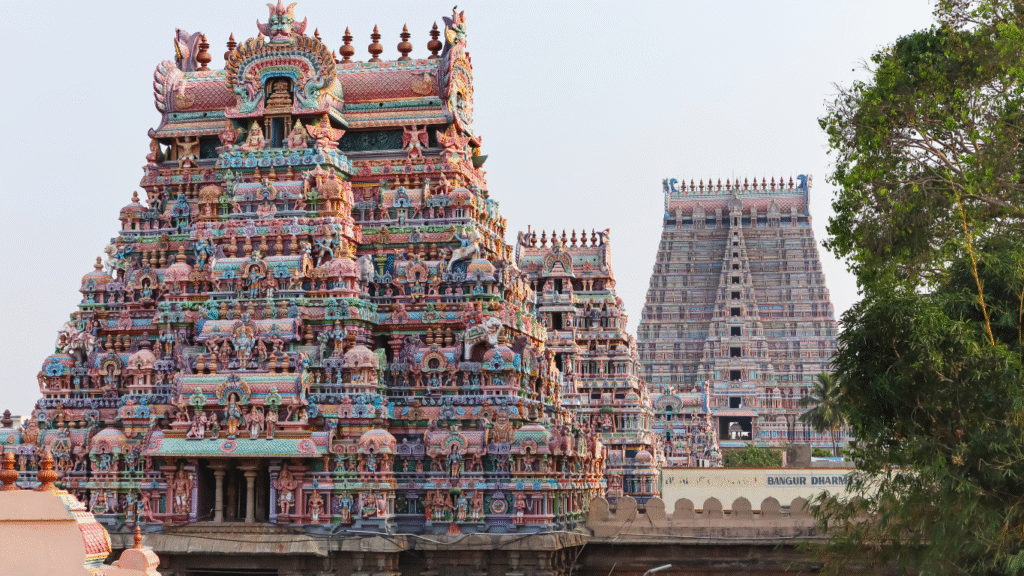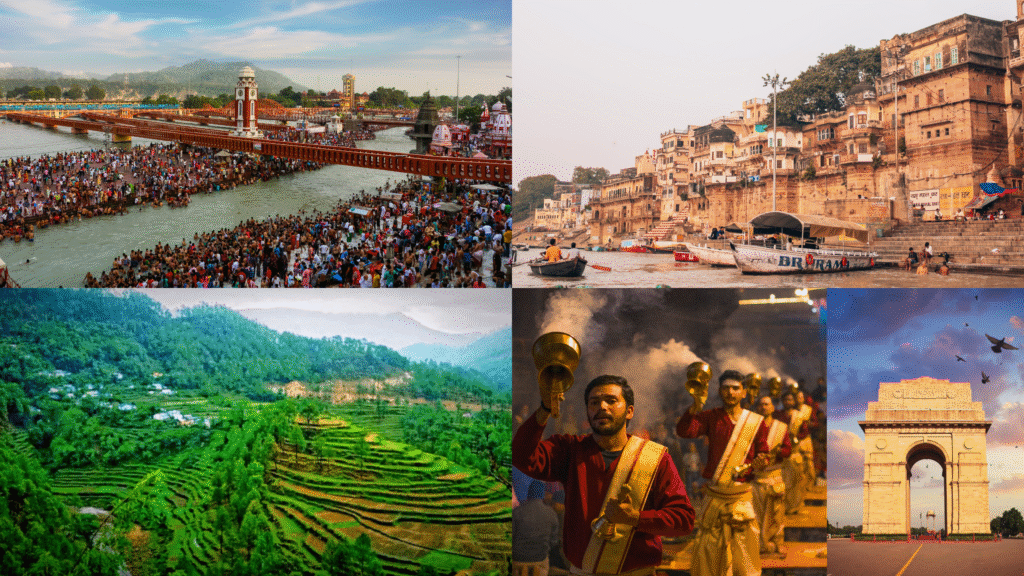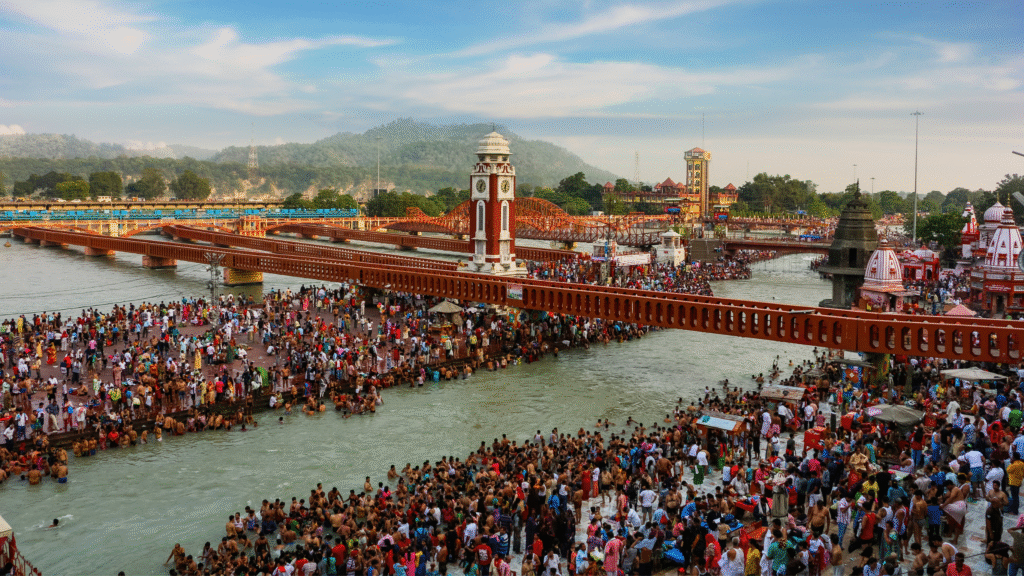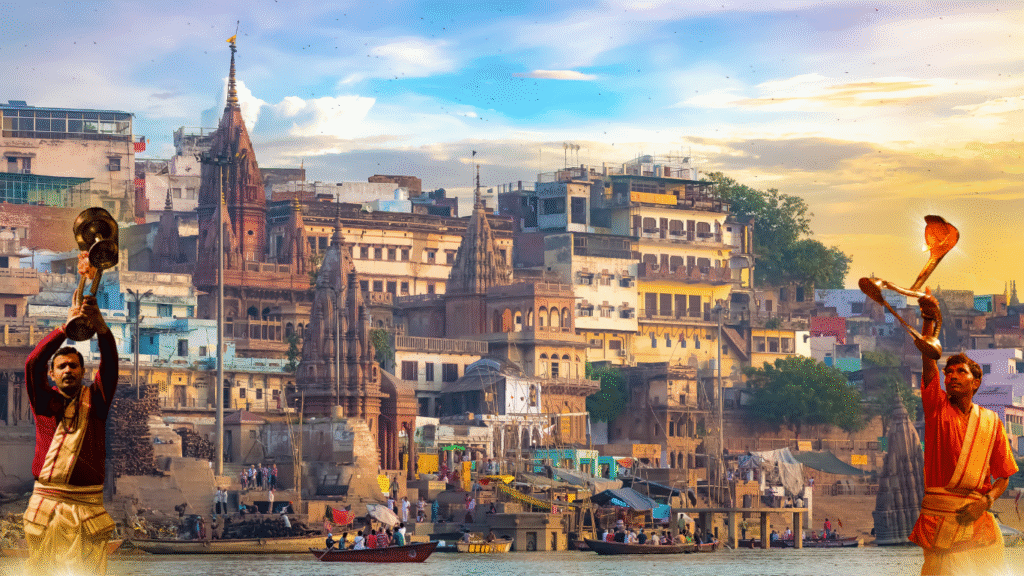Overview
Yatra Sri 5 Takhat Sahib Sikh Pilgrimage Package
“Takht” or “Takhata” literally means “throne” or “seat of authority.” This concept arises from the rich historical growth of Sikhism, a major religion originating in northern India. The Sikhs have made their presence felt not only in India but also across the globe.
There are five Takhts, which are Gurudwaras of immense significance to the Sikh community, forming an essential part of religious tourism in India. The first and most important Takht, Akal Takht (Throne of the Timeless God), was established in 1609 by Guru Hargobind. It is located opposite Harmandir Sahib—the Golden Temple in Amritsar. While Harmandir Sahib symbolizes the spiritual core of Sikhism, Akal Takht represents temporal authority and governance.
Akal Takht is the highest seat of earthly authority for the Sikh religion. It was here that Guru Hargobind held court to address military, political, and social issues. Later, the Sikh nation (Sarbat Khalsa) convened here to make decisions about peace, war, and disputes among different Sikh groups. Historically, Sarangi vocalists sang verses of Sikh Gurus and heroes at this sacred site.
Pilgrimage to Panj Takhts of Sikhism
Sri Akal Takht Sahib
The highest temporal seat of Sikhism was established by the sixth Guru, Guru Hargobind Sahib Ji, in 1609, with the assistance of Baba Budha Ji and Bhai Gurdas. The Guru named it Akal Takht (The Throne of the Almighty). Guru Hargobind Sahib held court here, addressing the concerns of the needy, and introduced the concept of Miri-Piri by wearing two swords symbolizing temporal and spiritual authority.
Customs at Akal Takht include the recital of the evening prayer (Rehras Sahib) and Ardas with an unsheathed sword. Rare weapons belonging to Sikh Gurus and warriors are displayed during the day in a golden cart and shown to visitors every evening.
Takhat Sri Kesgarh Sahib
Gurdwara Sri Keshgarh Sahib, also known as Takht Sri Kesgarh Sahib, is among the five highest Sikh institutions and a prominent shrine in Anandpur Sahib. The city, initially named Chakk Nanaki, was founded by Guru Tegh Bahadur Ji in 1665.
In 1699, during Baisakhi, Guru Gobind Singh Ji inaugurated the Khalsa Panth at this sacred site, initiating the first Khande Di Pahul ceremony. Thousands of Sikhs attended this historic event, making it a cornerstone of Sikh history.
Takhat Sri Damdama Sahib
At Damdama Sahib, Guru Gobind Singh Ji prepared the final and authentic version of the Adi Granth, now revered as Guru Granth Sahib, the eternal Guru of the Sikhs. This Takht is located in Bathinda, Punjab, where Guru Gobind Singh Ji added hymns of Guru Tegh Bahadur to the compilation created by Guru Arjan Dev.
This location holds immense importance as the birthplace of the completed Guru Granth Sahib in 1705, transcribed by Bhai Mani Singh. It also served as a place where many joined the Khalsa.
Takhat Sri Patna Sahib
Guru Gobind Singh Ji (December 22, 1666 – October 7, 1708), the tenth Guru, was born in Patna Sahib. Renowned as an exemplary leader, he was a scholar, an expert in martial arts, and a model of generosity and humility. His establishment of the Khalsa Panth remains one of the most significant milestones in Sikh history.
In 1708, Guru Gobind Singh Ji declared the Guru Granth Sahib as the eternal Guru of the Sikhs. Takhat Sri Patna Sahib commemorates his teachings and legacy.
Takht Sri Hazur Sahib
Takhat Sachkhand Sri Hazur Sahib, located in Nanded, Maharashtra, holds profound historical and spiritual significance. Guru Gobind Singh Ji camped here in 1708 after accompanying Emperor Bahadur Shah. It was at this site that Guru Gobind Singh Ji merged with the divine light and declared the Guru Granth Sahib as the eternal Guru of the Sikhs.
Trip Highlights
- Akal Takht Sahib (Amritsar): Witness the temporal seat of Sikh authority located at the Golden Temple complex.
- Takht Sri Kesgarh Sahib (Anandpur Sahib): Explore the birthplace of Khalsa and its rich history.
- Takht Sri Damdama Sahib (Bathinda): Visit the sacred site where Guru Granth Sahib was finalized.
- Takht Sri Patna Sahib (Patna): Discover the birthplace of Guru Gobind Singh Ji, the 10th Sikh Guru.
- Takht Sri Hazur Sahib (Nanded): Experience the eternal Guru's light and spiritual legacy.
- Golden Temple (Amritsar): Marvel at the illuminated beauty of this iconic Sikh shrine.
- Panoramic Journeys: Scenic drives across Punjab, Bihar, and Maharashtra with serene landscapes and cultural immersion.
- Cultural Experiences: Opportunity to visit local markets, Gurdwaras, and gain insights into Sikh history and traditions.
- Gurudwara Visits: Historical and spiritual exploration of other significant Gurdwaras en route.
- Leisure Time: Enjoy moments of reflection and relaxation amidst serene spiritual settings







